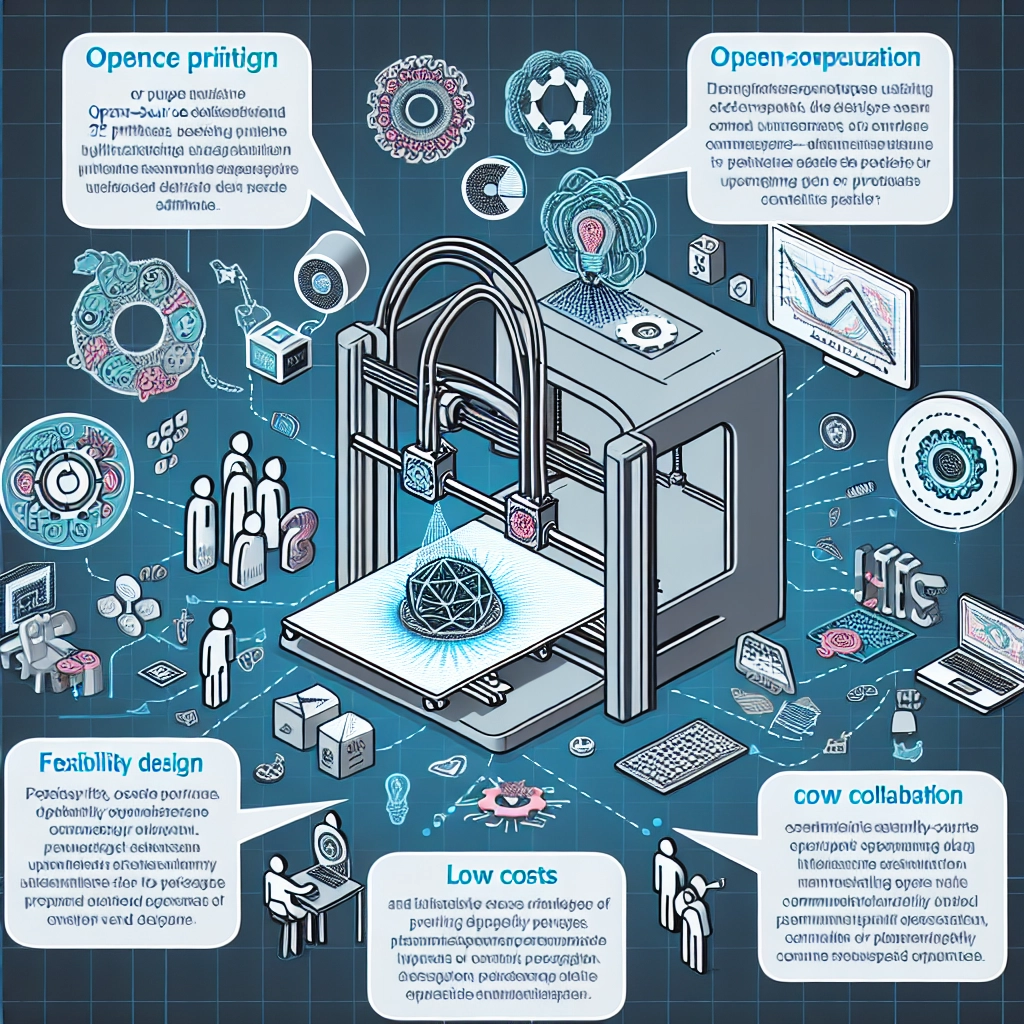The Benefits of Using Open-Source 3D Printing Software
The world of 3D printing has exploded in recent years, pushing boundaries in manufacturing, art, and even personal hobbies. As more people dive into this fascinating technology, the software choices that accompany 3D printers have become vital in unlocking their full potential. Among these options, open-source 3D printing software has garnered attention, and for good reason. Let’s explore the myriad benefits of embracing the open-source ethos in your 3D printing projects.
Collaboration and Community Support
One of the standout features of open-source software is the vibrant community surrounding it. Unlike proprietary software, which can be a solitary experience, open-source platforms invite collaboration. Users around the globe contribute their expertise, share tips, and develop plugins or modules to enhance functionality.
When you encounter a problem or have a question, you’re likely to find a wealth of discussions, forums, and tutorials from fellow users. This sense of community can make your 3D printing journey far more enjoyable and less daunting, especially if you’re new to the technology.
Customization and Flexibility
Open-source software is, by nature, customizable. Perhaps you’ve found that a particular software package doesn’t quite meet your needs. With open-source options, you have the freedom to tweak the code, add features, or even create entirely new functionalities from scratch. This is particularly appealing for those who are tech-savvy or adventurous, allowing you to mold the software into a tool that works perfectly for you.
The flexibility of open-source 3D printing software empowers users to create designs that push the limits of what’s traditionally possible. You can experiment, iterate, and innovate in ways that proprietary software may not allow.
Cost-Effectiveness
Let’s face it—3D printing can already get expensive, especially when you start factoring in the costs of quality printers, materials, and supplies. One major benefit of open-source software is that it’s usually free to download and use. This financial advantage opens up the world of 3D printing to a broader demographic. Hobbyists, students, or startups on a tight budget can access powerful tools without the steep licensing fees that often accompany commercial software.
Even if you decide to invest in additional training or resources, starting with free software can significantly lower your overall costs.
Frequent Updates and Improvements
Open-source software is often maintained and improved by a large community of developers. This means that bugs are usually addressed quickly, and updates are frequent and responsive to user feedback. Instead of waiting months or even years for a new version of proprietary software to come out, open-source programs can evolve rapidly, ensuring you have access to the latest features and improvements.
This continuous cycle of updates not only enhances functionality but also increases reliability. As a user, you can rest assured that your software is often at the forefront of innovation.
Educational Opportunities
For those interested in learning beyond just the basics of 3D printing, open-source software serves as an educational platform. Diving into the code and mechanics of such software can be an excellent way to learn programming and software development skills. For students, educators can integrate these tools into their curriculum to teach concepts of design, engineering, and coding.
Exploring how the software works can also give you a deeper understanding of the printing process itself. This enhanced knowledge often leads to improved design skills and better outcomes in your projects.
Open Standards and Interoperability
Open-source software often adheres to open standards, allowing for easier compatibility with various hardware and other software applications. This interoperability is essential if you’re using multiple tools in your workflow. It’s also a significant advantage if you’re collaborating with others, as you can ensure that everyone in your group can access the same files and data without worrying about format compatibility.
Less Vendor Lock-in
With proprietary software, you’re often tethered to a specific vendor for updates, support, and even hardware. This lock-in can limit your options and hinder your ability to switch tools if something better comes along. Open-source software allows users the freedom to transition to different applications or even build their own solutions without being tied down by a single company.
By exploring open-source 3D printing software, you’re not just selecting a tool; you’re joining a movement that values collaboration, learning, and innovation. Plus, you’re gaining access to an array of resources and support systems that can significantly enrich your 3D printing experience. So why not take the plunge? Dive into the world of open-source and start printing your ideas into reality!

